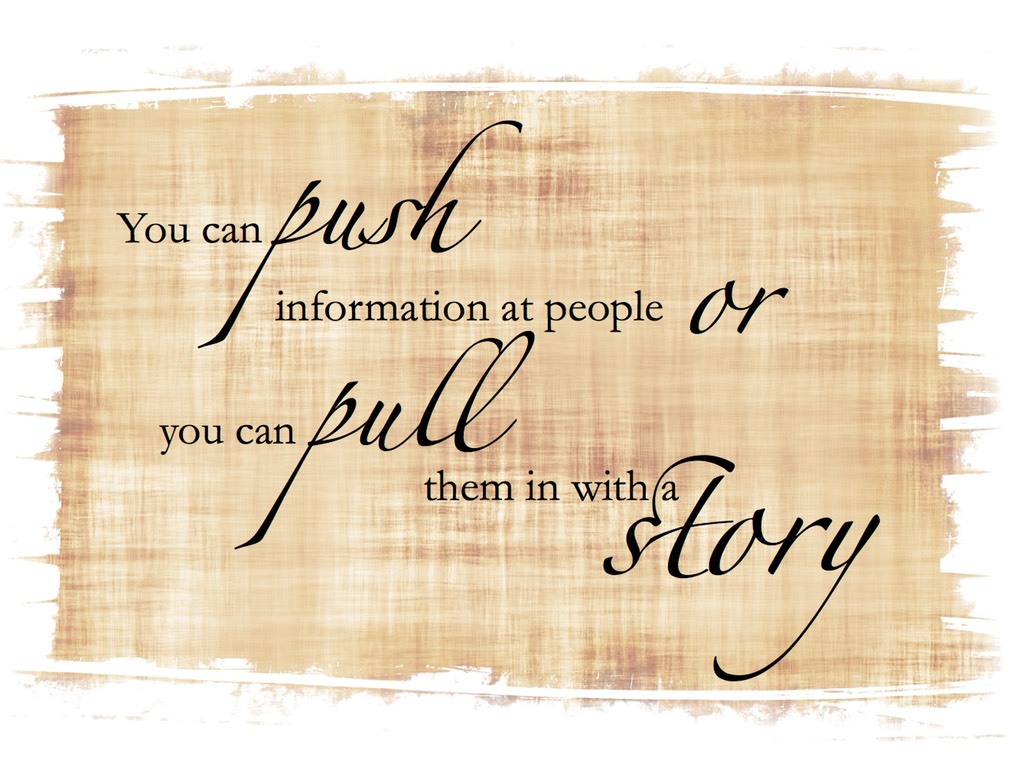
by Karen Newcombe
This one’s a horror story...
I visited a firm recently where no one, including the new owner and the new CEO, knows what business they’re in. The founder was forced out and has relocated.
The firm offers specialized services and has their own manufacturing warehouse where bespoke components that support those services are created. Some pieces are made in large batches and the extras are sold on the website as retail products for hobbyists. The firm also offers a leasing program. And a fourth business line operates under another name in the same manufacturing space, producing an entirely different product.
The firm’s leaders can’t determine which of these four offerings makes the most money, how they get clients, who the clients are, or which type of client is the most profitable. The new CEO hired door-to-door salesmen to peddle these multiple business lines to several client types that were targeted on the basis that “they have loads of cash available.”
Do those clients even want or use what this company sells? The CEO doesn't know. The marketing director doesn’t know. The owner doesn’t care – that’s what he hired the CEO to figure out.
You will not be surprised to hear that the story this business tells in the marketplace is also confused – or that the firm is struggling to find clients.
Stories need structure and direction – and so do businesses
An engaging story, one that you simply cannot put down – depends on a coherent structure and forward movement. Writers have a vast array of tricks for engaging readers and keeping them turning the pages. Any business can use these same storytelling techniques to engage prospects and turn them into clients.
Telling a compelling story about your business means having a razor sharp understanding of your organization’s vision, mission, purpose for existing, core competency, and what that competency means to clients. You must understand why clients need your service to solve their challenges, and why they choose your firm over your competitors.
Start telling a great story
To understand the power of a story to command an audience, look no further than Apple. The most successful business in the world has a great story. An inspirational story. A story of genius and heartbreak and survival.
It is certain that Microsoft also experienced greatness, inspired people, created geniuses and broke hearts, and clearly it continues to survive from year to year. But Microsoft’s story is not compelling, and Apple’s story is.
People will be mining Steve Jobs’s life story for generations, seeking to understand his ineffable personality and his gift for engaging others. You have only to watch one of his MacWorld Keynote speeches to see a genius at storytelling in action.
What’s your story? How will you tell it?
So what does what your product do? How your service solve my problems? What is it like to work with you and your people?
Tell me–don’t assume I already know.
Every company has a story about the horrible mess that finally got solved, the tough regulatory situation that had an unexpected ending, the great project that went perfectly from start to finish. The revolutionary new product that will change everything.
Every one of your employees has reasons they choose to do this work with you. They have knowledge about what works best for clients that they’ve learned from experience.
These are the stories that engage potential clients, and make your products, services and people real to them.
Storytelling is the most powerful marketing tool available. Not Big Data. Not SEO. Not mobile friendly gluten-free kale smoothies. Your story.
Do you need help telling it? Call me.
Photo credit: Me. Feel free to copy and use it.
Papyrus background: geralt on pixabay CC0 Public Domain
